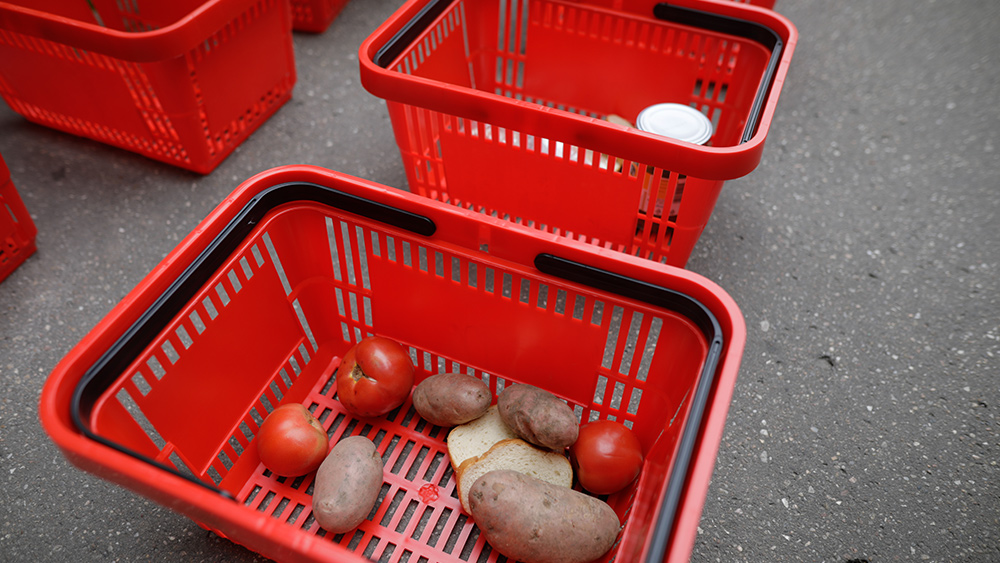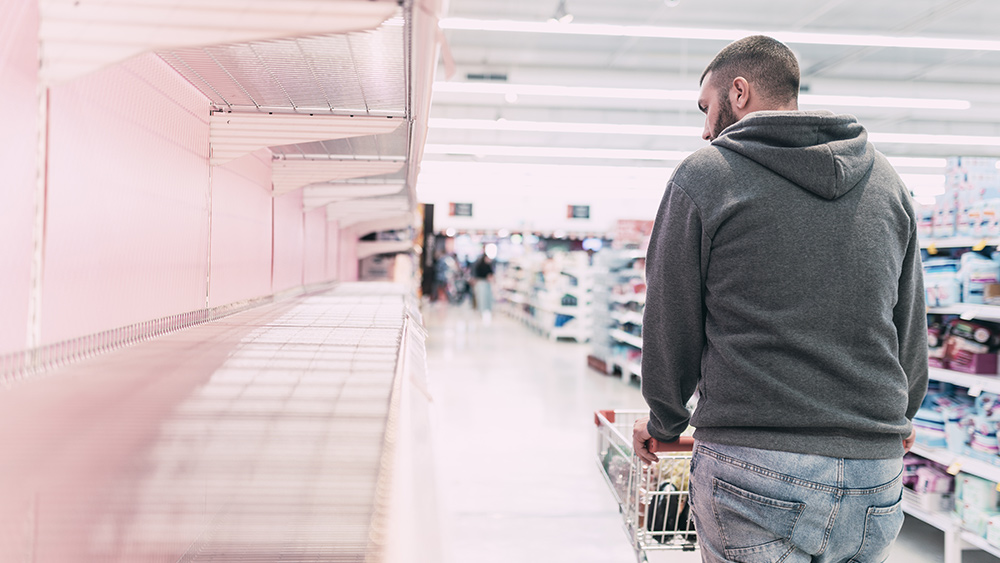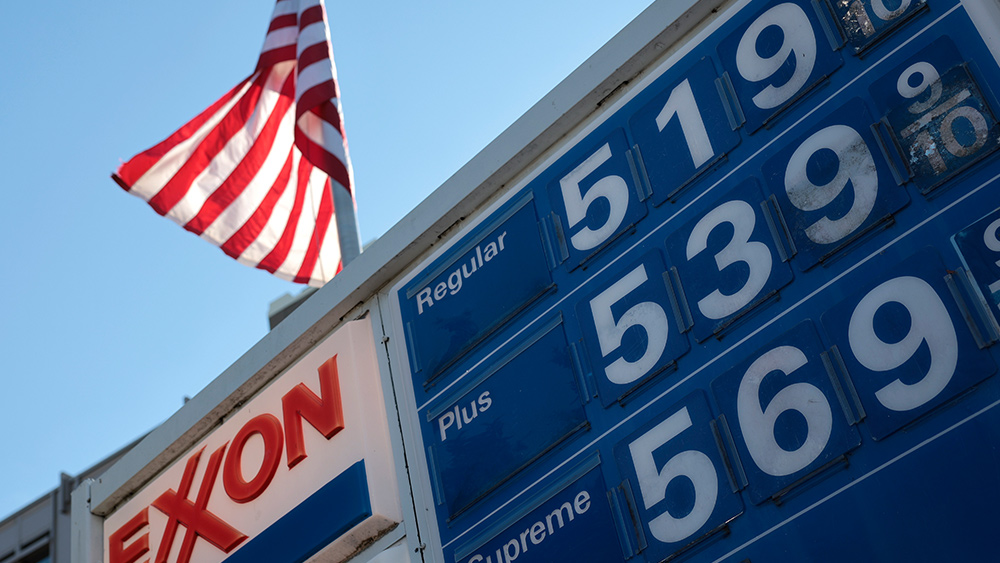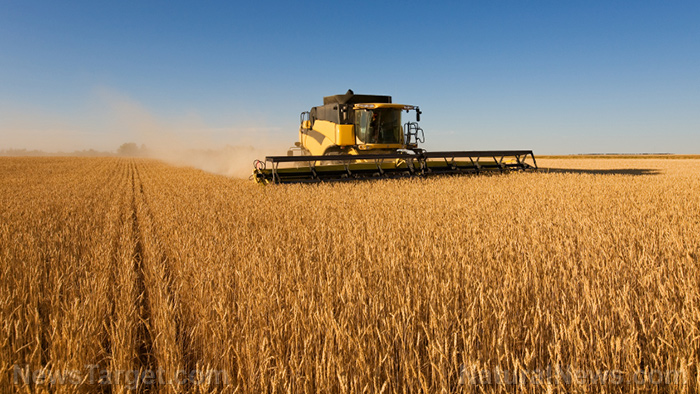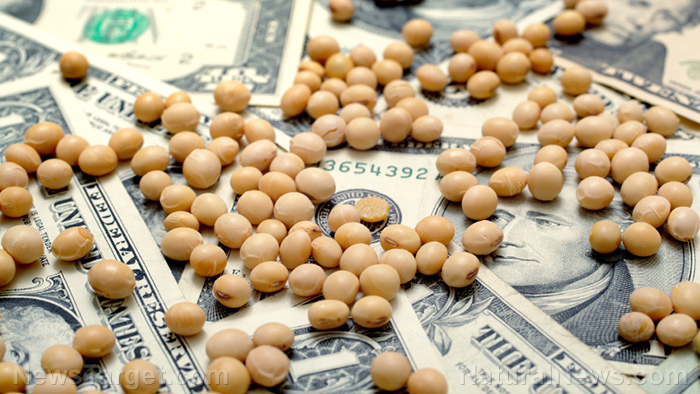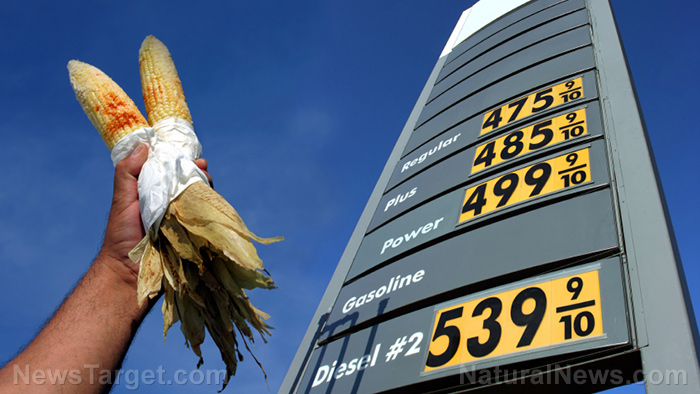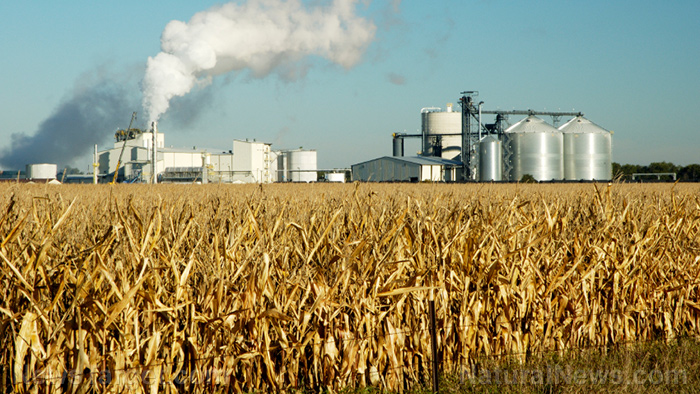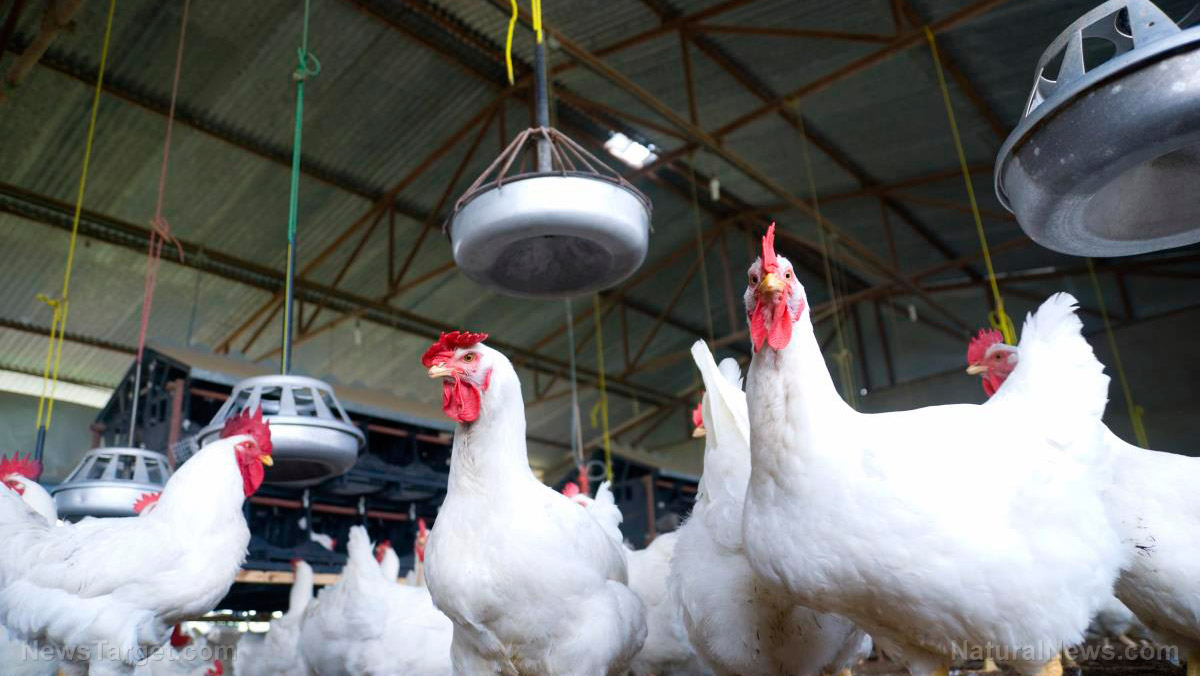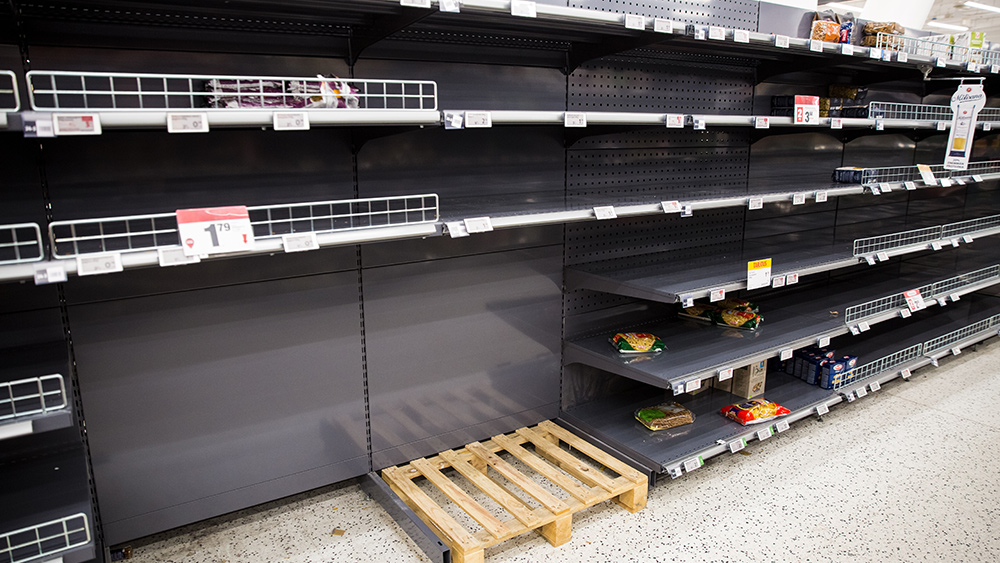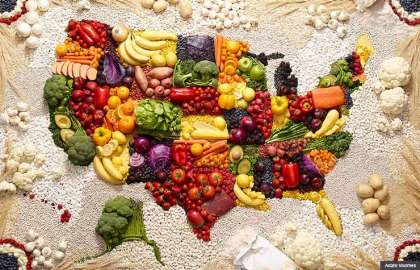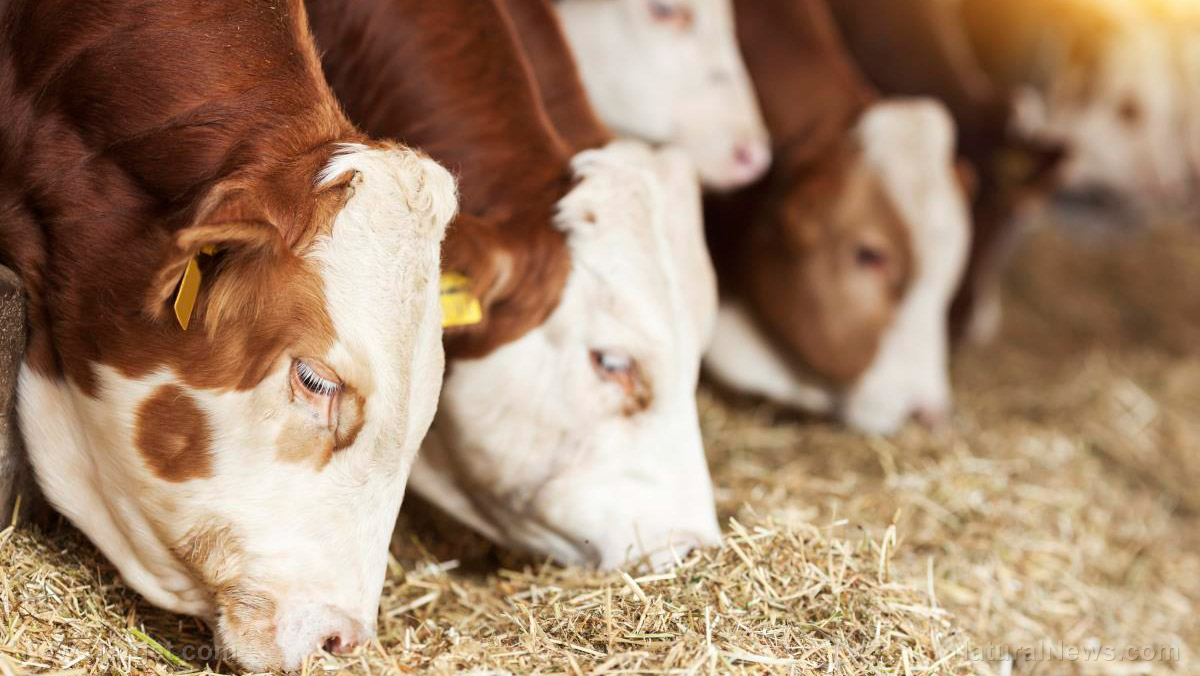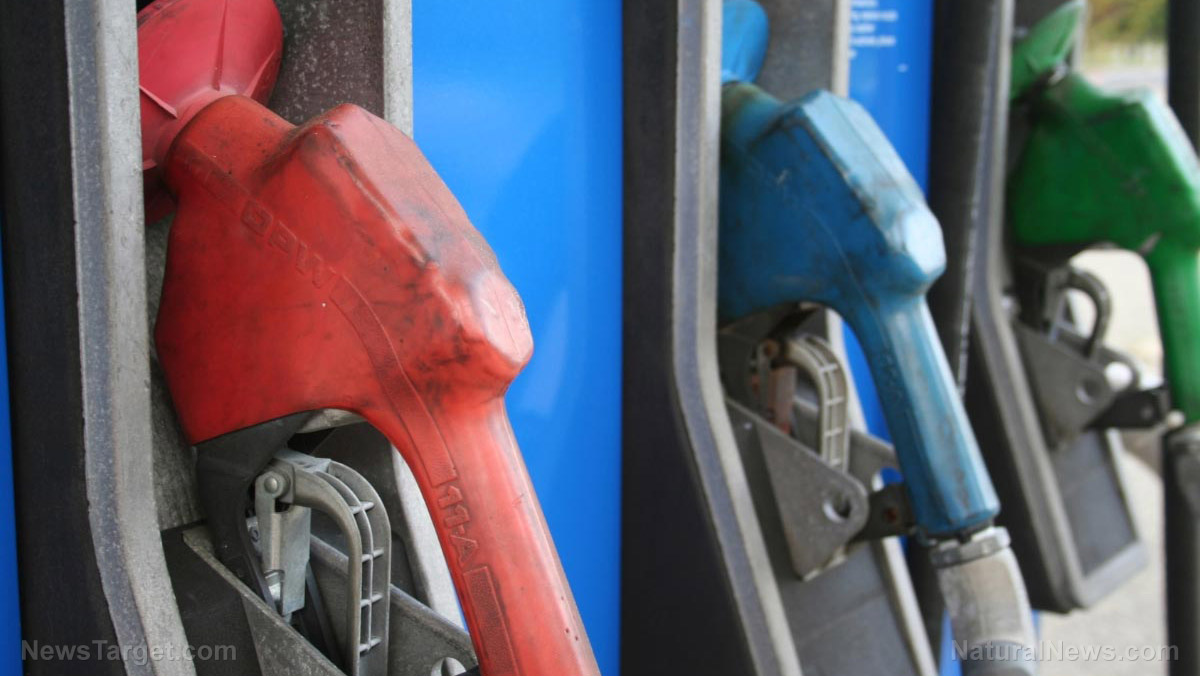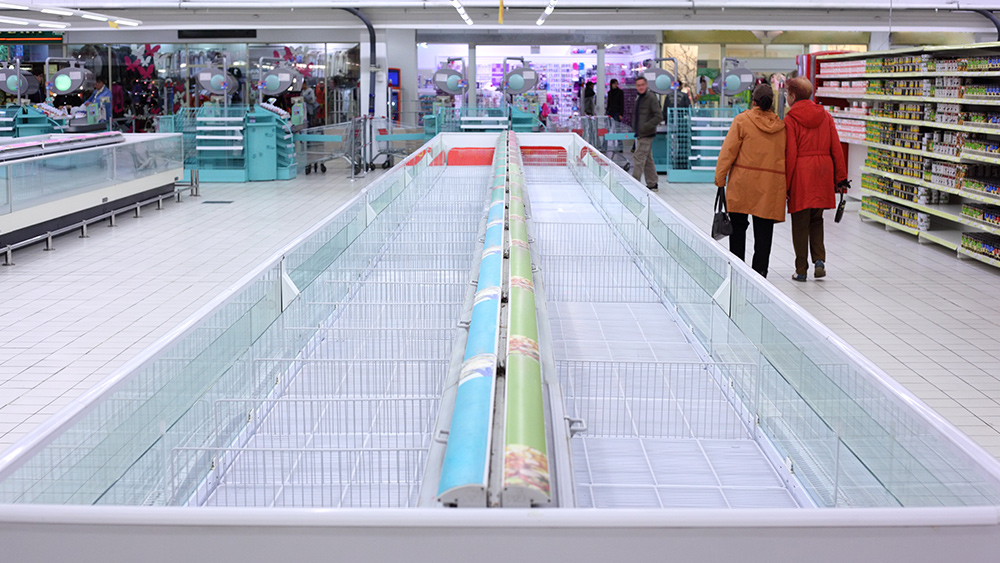Soaring fertilizer prices ahead of planting season could lead to higher food prices, shortages
04/06/2022 / By Cassie B.

Fertilizer prices continue to set new records amid Russia’s invasion of Ukraine, which is putting a significant portion of the global supply of fertilizer at risk and contributing to rising food inflation.
On Friday, prices for ammonia, a nitrogen-based fertilizer, climbed by 43 percent to reach $1,625 per metric ton. This marked a new record for the index, which is nearly 30 years old. According to Bloomberg Intelligence, the jump was driven largely by a tight global supply combined with production outages.
Some producers in Europe have been forced to cut their output as a result of the rising cost of natural gas, which is used to make nitrogen fertilizers, due to the war. In addition, concerns about sanctions on Russia are weighing on the market as the country is a major low-cost shipper of crop nutrients, accounting for nearly one fifth of last year’s fertilizer exports. In fact, Russia has been urging its domestic fertilizer producers to decrease their exports, which is leading to concerns about potential shortages.
All of this comes against the backdrop of soaring prices for staple crops such as corn, wheat and soybeans. Millions more people could well be plunged into hunger as the war continues in an area that is considered to be one of the world’s breadbaskets. If the costs of farm inputs such as fertilizer keep rising, the price of food will continue its rapid ascension.
It is widely expected that these costs will be passed on to consumers. Iowa Attorney General Tom Miller’s office has launched an investigation into the soaring costs of fertilizer. He said: “The fertilizer increases could hit the pocketbooks of all consumers in the form of higher food prices.”
Iowa farmer Steve Swenka told the media that in his three decades of farming, he has never seen prices anywhere close to their current levels.
He said: “Last year we were paying $340 a ton for nitrogen in the form of urea; this year it’s a thousand.”
“To balance that out and remain profitable, it’s gonna affect the whole world and prices are gonna have to go up,” he added. “There’s just no way around that.”
Fertilizer costs just one of many problems affecting farmers
Many farmers have said they will be choosing soybeans over corn in response to the climbing fertilizer prices. According to MarketWatch, the prices of some types of fertilizer have risen by 127 percent this year. Because soybeans actually put nitrogen back into the ground instead of extracting it, they need far less fertilizer than corn, making them a more attractive crop to plant at times when fertilizer prices are soaring. The average farmer uses 255 pounds of fertilizer to grow corn versus just 65 pounds for soybeans.
Of course, it’s not just fertilizer costs that are causing food prices to climb. Farmers are also grappling with increasing costs for fuel, herbicide, machine parts and livestock feed. At the same time, a drought in the Midwest is adding to the challenges facing farmers there.
The UN Food and Agriculture Index shows that food prices have already reached an all-time high, and once the full effects of the fertilizer price hike are factored in, new records could well be set. And while everyone is hoping for an end to the violence in Ukraine, the fact remains that even if the war does end soon, Ukraine is struggling to carry out its spring planting as farmers are working in fields under the constant risk of shelling and many more are unable to plant at all. As a result, the country’s agriculture ministry believes sowing areas there could shrink by as much as 50 percent from last year, which will have a profound effect on the food supply.
Sources for this article include:
Submit a correction >>
Tagged Under:
agriculture, chaos, Collapse, crops, famine, farming, fertilizer, food collapse, food shortage, food supply, grocery, harvest, Inflation, Nitrogen, price increase, products, Russia, Soybeans, supply chain, World War III
This article may contain statements that reflect the opinion of the author
RECENT NEWS & ARTICLES
COPYRIGHT © 2017 FOOD COLLAPSE

